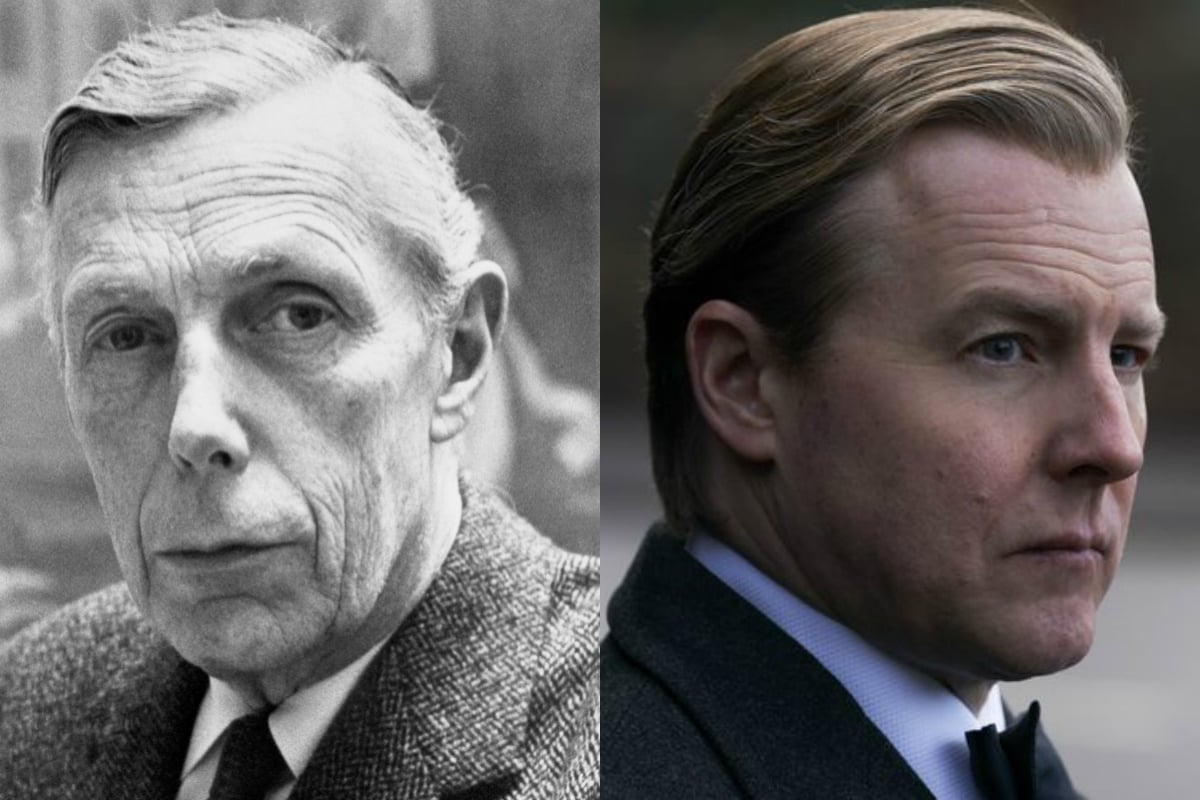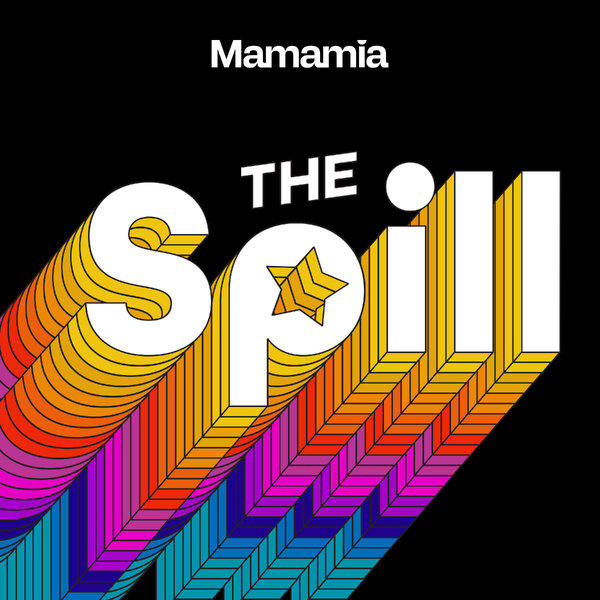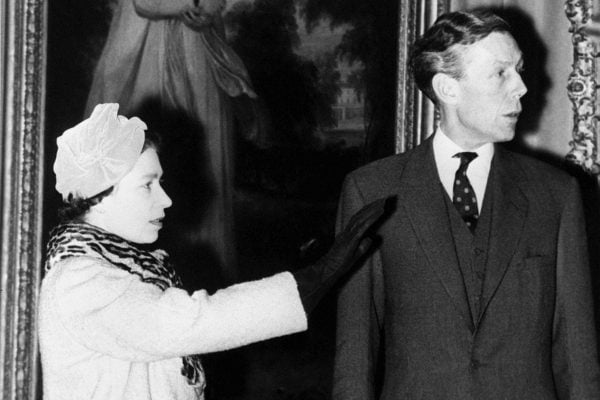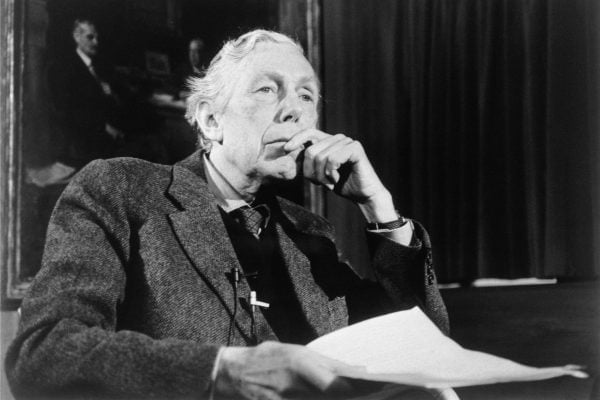
In 1979, a British solicitor made desperate attempts to stop the release of an upcoming book by a little known Scottish journalist. The Climate of Treason: Five Who Spied For Russia, told the sensational true story of a group of British elite at the centre of a Soviet spy-ring. Among them was the so-called ‘Fourth Man’, referred to in the book by the pseudonym ‘Maurice’.
That solicitor, it was later revealed, had been hired by a former employee of the Royal family: art historian Sir Anthony Blunt, Surveyor of The Queen’s Pictures.
This man, who’d lived and worked within the palace walls, who’d be a trusted Royal advisor for decades, was the true ‘Fourth Man’; a former KGB spy involved in one of the biggest security breaches of the 20th century.
Watch: The Crown S3 shines a light on some of the palace’s biggest secrets.
Sir Anthony’s extraordinary story is the hook of the opening episode of season three of The Crown, in which the academic is played by Samuel West. But the Netflix series only reveals part of the story…




Top Comments
Anthony Blunt (despite his politics) belonged to the upper class (his mother was related to Queen Mary in some way), so it was natural for them to protect one of their own. By the time Blunt worked at the palace, McLean and Philby were long gone - having defected to Russia.